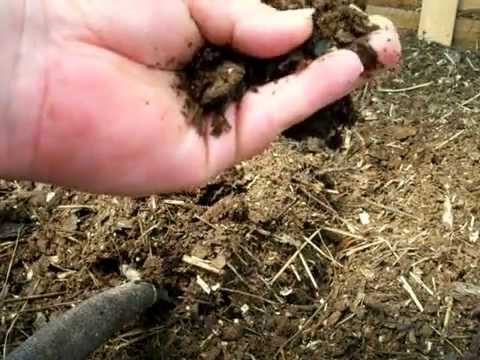It’s just that they put dot dot dot in am desperate for help cause one of my girls is now lethargic and she isn’t laying and doesn’t poop and is only slightly drinking water. I’m just scared.
If you want help with a sick bird, dont post about it in a 200+ page topic related to using wood chips for a flooring.... I am not trying to be harsh. I feel for you. Best suggestion I can make is to post your problem over in the correct sub-forum:
"Emergencies / Diseases / Injuries and Cures"
https://www.backyardchickens.com/forums/emergencies-diseases-injuries-and-cures.10/
I highly doubt you posting here is going to get many replies. It would be like posting about your water heater leaking in a forum dedicated to stamp collecting.
So head on over to....
https://www.backyardchickens.com/forums/emergencies-diseases-injuries-and-cures.10/
for some help!




